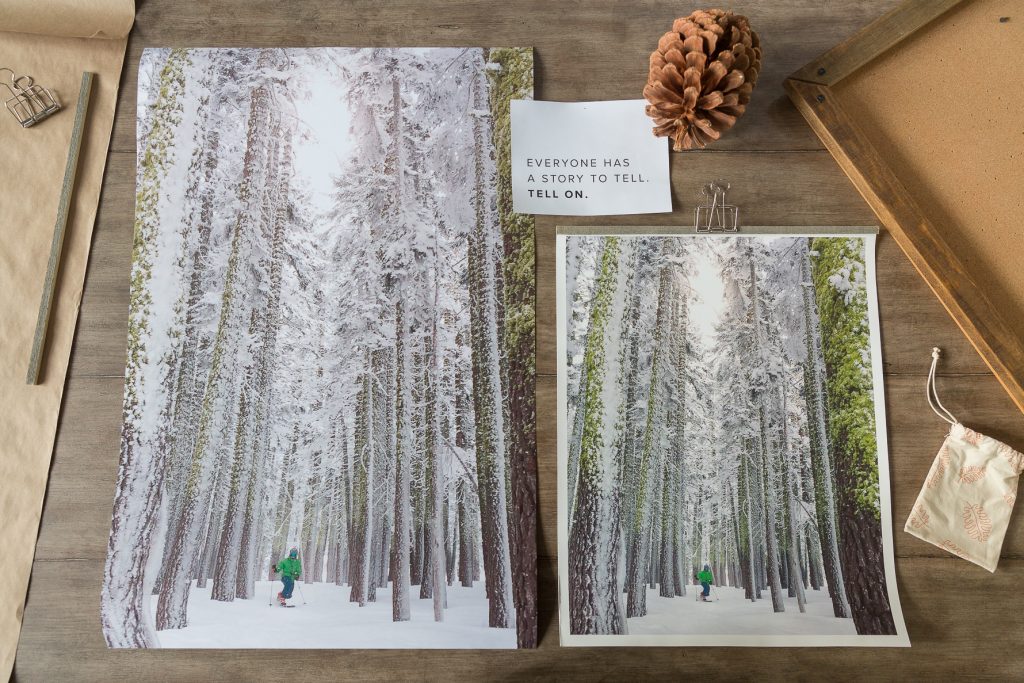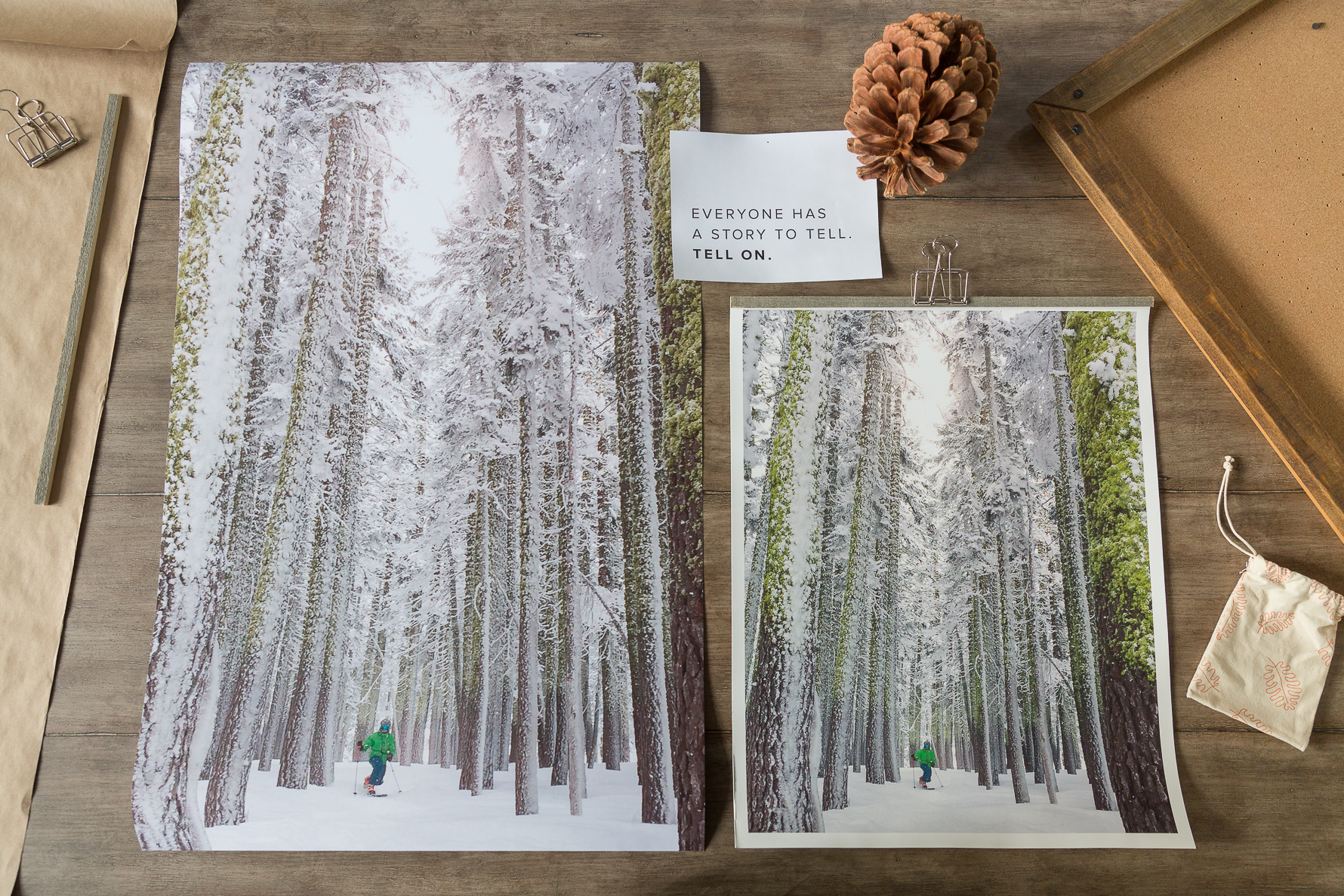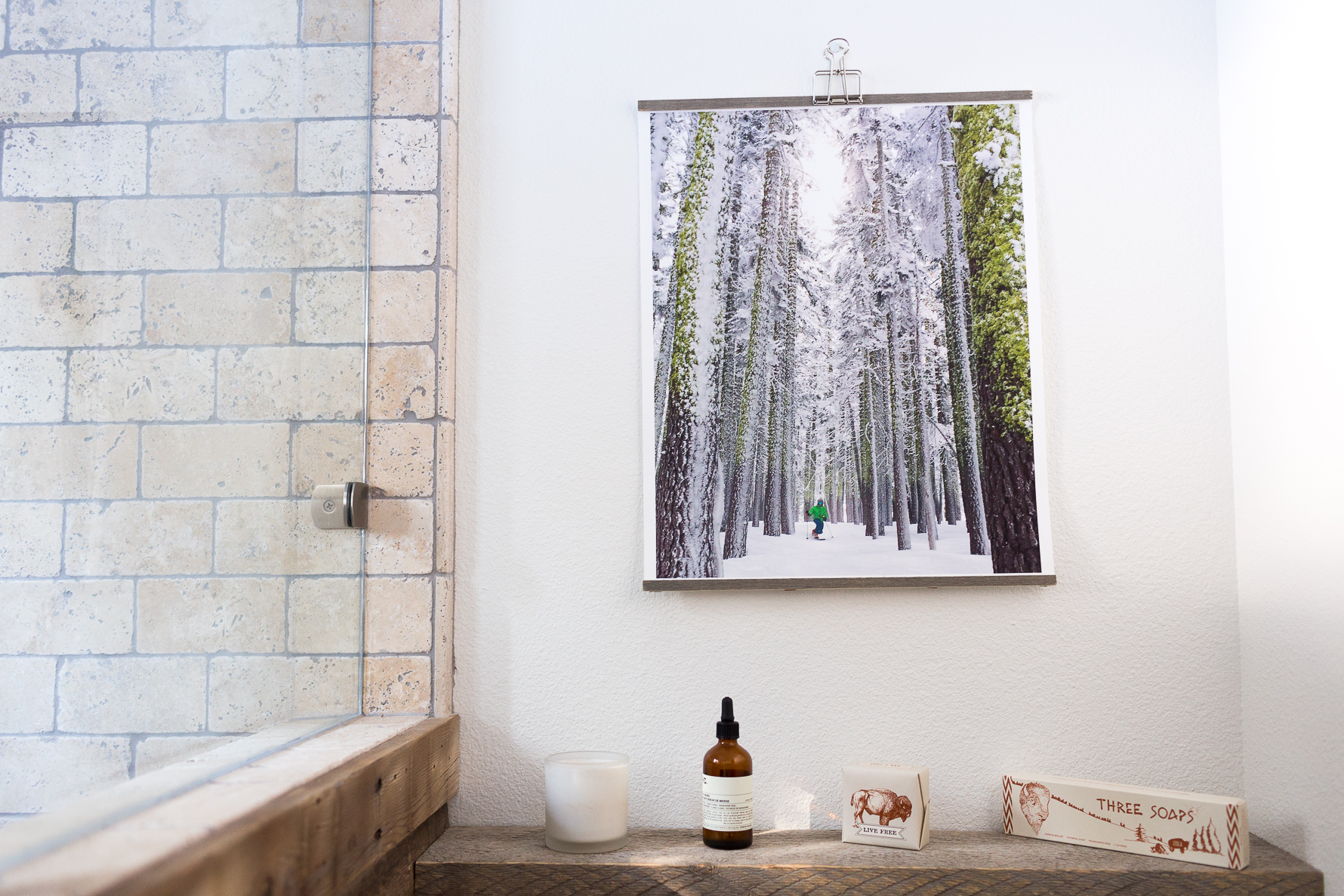
1. Define my brand and business. I spent a lot of time identifying my unique value proposition and ideal target audience.
2. Set goals and objectives for site. Nothing had to be set in stone, but it was helpful to get clear about what I wanted to achieve with this redesign.
3. Curate my inspiration files. Over the years I’ve torn out magazine articles, made Pinterest boards and saved ideas to Evernote that all fed into my vision.
4. Research design firms, find three options, get estimates, hire firm. I ultimately found my designer based on the recommendation of a friend, but I also reached out to firms that I had admired online.
5. Create site map. Once I hired a designer, they walked me through their process, which included a rough sketch of the site as a starting point.
6. Provide inspiration to designer. Having done a lot of this work in #3 made this part much easier than starting from scratch.
7. Explore hosting options. This was an area I never fully understood with my first site and I was determined to get a better grasp of my options. My design team made this easy to understand and choose a new hosting solution.
8. Update content – images & words. As anticipated, this was a big part of this project, breaking it into bite size chunks to make it more manageable.
9. Edit and revise. After receiving the first mock-up of the site I worked closely with the developer to tweak the design to my specifications.
10. Go live! When we launched the site, only 3 people had been a part of this process (me, the designer and developer) so my first step was to share it with a few friends to make sure it all made sense. After they validated it achieved my goals, I was ready to share the news of my new brand and site with the world!








